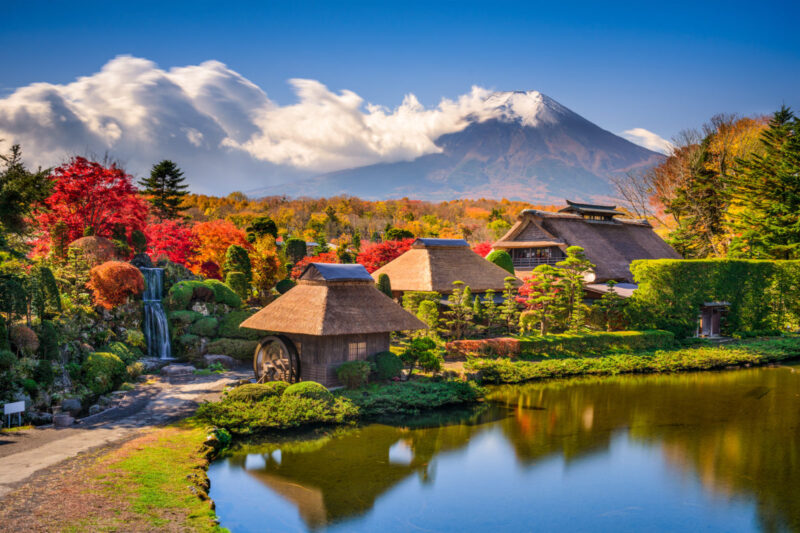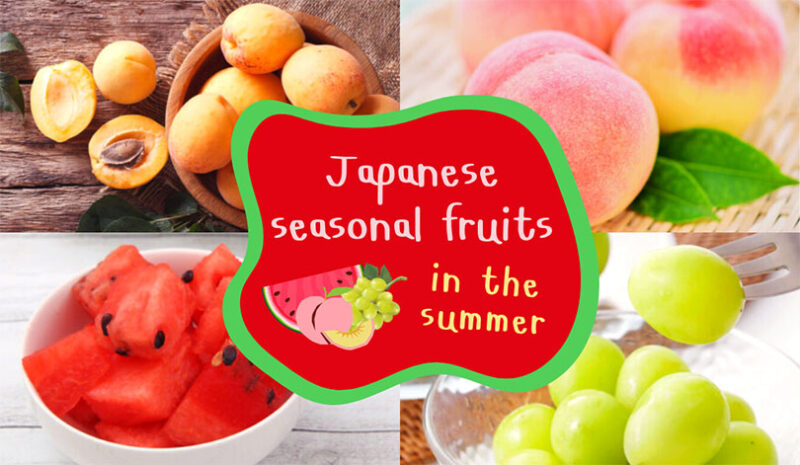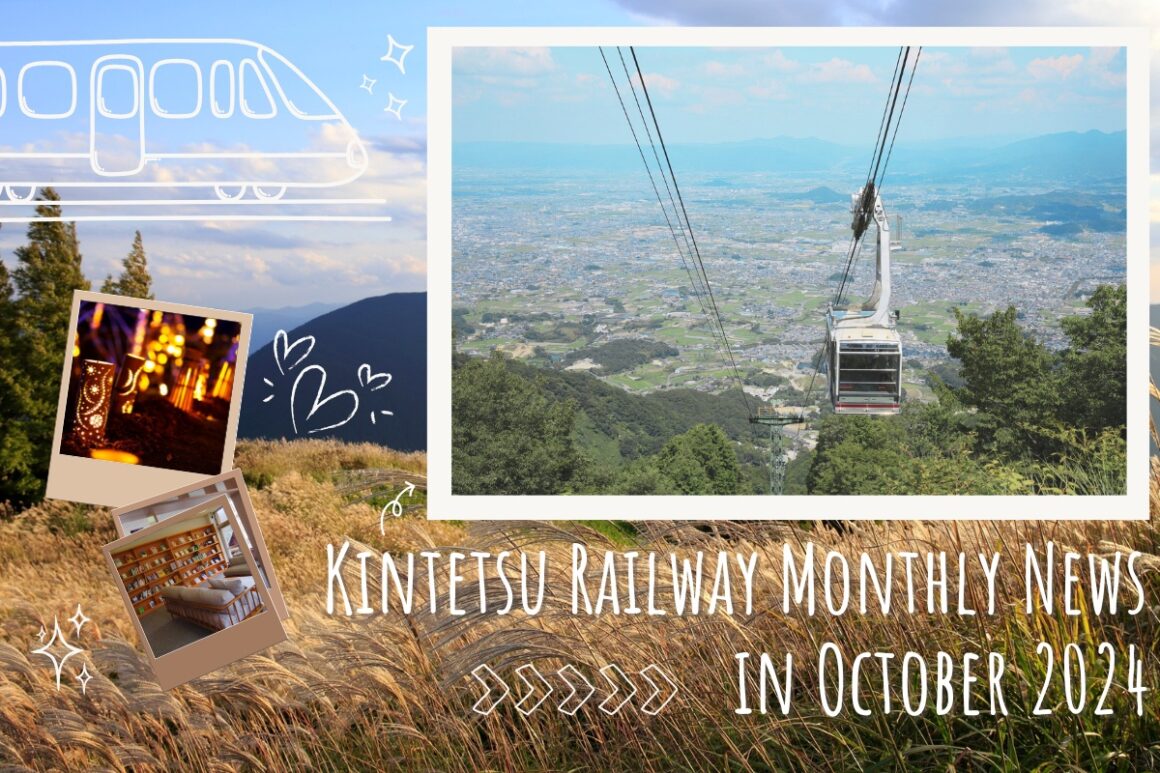10 amazing things to do in Yamanashi, Japan!
Dec 08, 2020
Yamanashi Prefecture is a popular destination in Japan, and it is home to Mt. Fuji, the highest mountain in Japan, and Lake Kawaguchiko, one of the most famous lakes in Japan. Yamanashi is located west of Tokyo, and Lake Kawaguchiko is accessible by train or bus within 2 hours from Shinjuku Station.
Yamanashi has plenty more things you can enjoy, from fruit picking to other in-season events like the cherry blossoms at Chureito Pagoda, or the fall foliage at maple leave corridor.
Brimming with beautiful nature and interesting tourist destinations, how about visiting Yamanashi to have both, an extraordinary, yet a novel adventure?
Index
How to get there
Recommended sightseeing spots in Yamanashi:
Yamanashi’s best local treats:
How to get there
Yamanashi Prefecture is sitting to the west of Tokyo, and it is accessible by both train and highway buses from Shinjuku Station. It takes around two hours to reach Lake Kawaguchiko from Shinjuku Station via JR Chuo Line.
It takes about 90 minutes from Shinjuku to Kofu, and around two hours from Shinjuku to Lake Kawaguchiko via highway bus.
Recommended sightseeing spots in Yamanashi
Yamanashi is a perfect destination for a day trip from Tokyo. The Prefecture is surrounded by amazing nature, including Mt. Fuji and five breathtaking lakes.
Yamanashi is also packed with many interesting sightseeing spots like Oshino Hakkai, the five-story Chureito Pagoda, and the scenic Kawaguchiko Music Forest Museum. Other in-season attractions like cherry blossoms, shibazakura (moss phlox), and fall foliage at the maples corridor are always loved and crowded by people from in or outside Japan.
Here are our picks for the best things to do in Yamanashi, Japan!
1. Stop by Lake Kawaguchiko for its amazing scenery
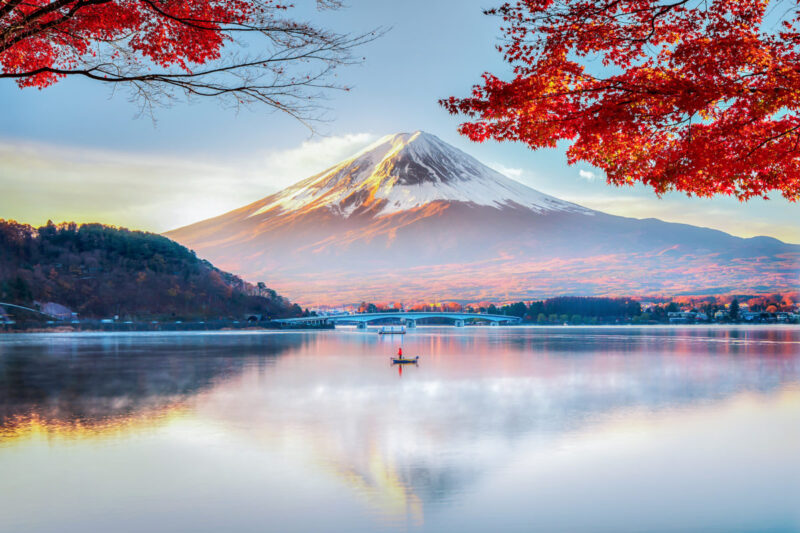
Lake Kawaguchiko is located at the foot of Mt. Fuji and is one of the lakes belonging to Fujigoko (the Fuji Five Lakes). The lake is famous for its beautiful seasonal views and the tremendous view of Mt. Fuji.
Kawaguchiko is the second largest of the Fuji Five Lakes, and many water sports lovers visit the lake to enjoy windsurfing and boat trips. The lake is also famous for its beautiful autumn leaves, and spectacular fireworks in the winter.
Lake Kawaguchi-ko
-
- Access: a 6-minute bus ride from Kawaguchiko Station
- Google MAP
2. Take some Insta-worthy pictures at Kawaguchiko Music Forest Museum
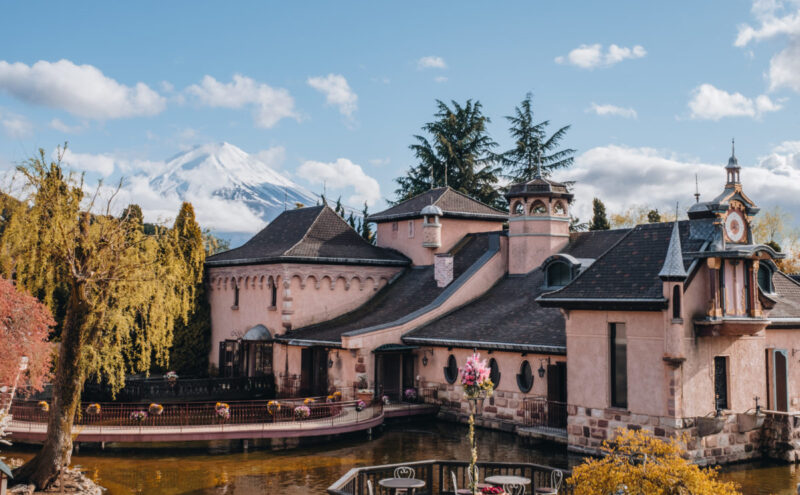
Kawaguchiko Music Forest Museum is a small musical instruments museum that looks like a theme park. Inside the museum, there is a collection of organs, antique music boxes, and other automatic musical instruments from across the globe.
The museum is famous for its large French fairground organ, which dates from 1905 and plays a song every half an hour. An orchestrion that is believed to have been on board the Titanic is also exhibited here.
The museum buildings are surrounded by European-style gardens, offering breathtaking views of Mt. Fuji and the surrounding lake.
Kawaguchiko Music Forest Museum
-
- Business hours: 10:00 – 16:30
- Admissions: 1,800 yen (adults), 1,300 yen (high school & college students), 1,000 yen (elementary & junior high school students)
- Access: a 5-minute walk from Shiyakushomae bus stop
- Google MAP
- Website
3. Get on the Mt. Fuji Panoramic Ropeway
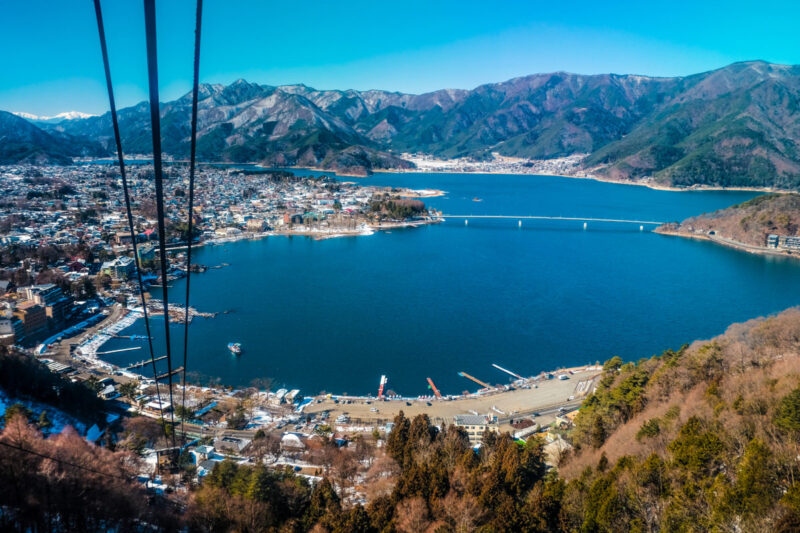
Located on the east of Lake Kawaguchiko, Mt. Fuji Panoramic Ropeway is an ascending 400 meters ropeway that takes you to an observation deck near the peak of Mt. Tenjo. The observation deck sits at more than 1,000 meters above sea level, so it allows you to capture the panoramic and spectacular views of Mt. Fuji and the lake lands below. In addition to the observation deck, you can also take a different trail that takes you to a small shrine located at the top of the mountain.
Mt. Fuji Panoramic Ropeway
-
- Business hours: 9:00 – 17:00 (March to November), 9:30 – 16:30 (December to February)
- Fares: 900 yen (adults, round trip), 450 yen (child, round trip)
- Google MAP
- Website
4. Visit Arakurayama Sengen Park to see Mt. Fuji
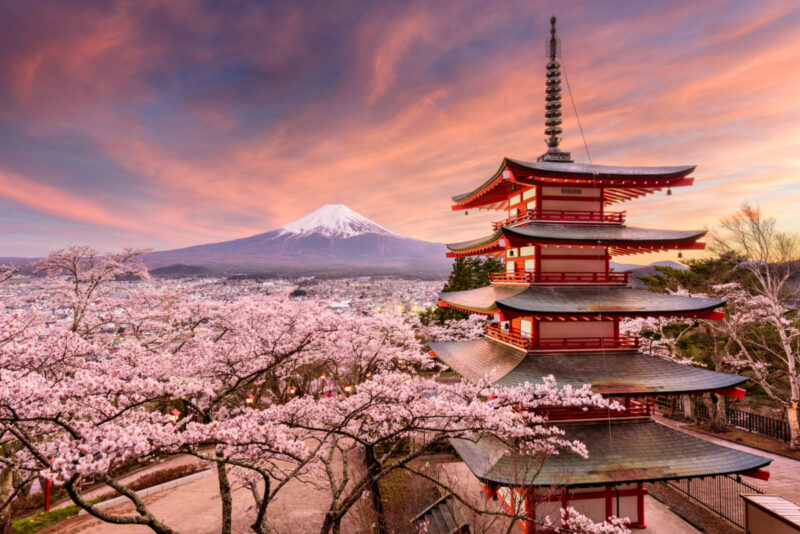
How about visiting the most popular Mt. Fuji viewing spots to take some amazing pictures for the gram?
Arakurayama Sengen Park is a popular Mt. Fuji viewing spot in the Fuji Five Lakes area and it has been used as a cover photo for the Michelin Green Guide Book Japan.
People go to this park mostly in spring to capture the three Japanese symbols into one picture – cherry blossoms, the five-story Chureito Pagoda, and Mt. Fuji.
Arakurayama Sengen Park
-
- Open for 24 hours
- Admissions: free
- Google MAP
5. Stroll along Lake Yamanaka
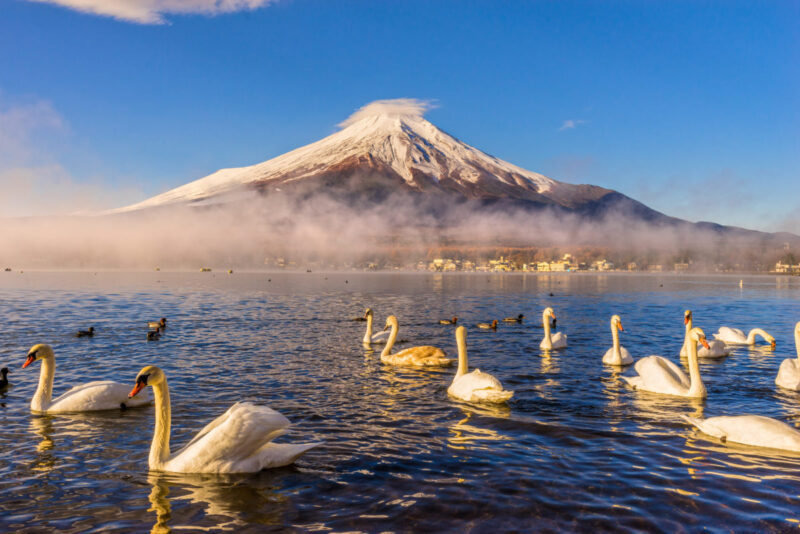
Lake Yamanaka is in Yamanakako village near Mt. Fuji, and the lake is known as the largest of the Fuji Five Lakes. The lake is a part of the Fuji Hakone-Izu National Park, and it is also known as one of the highest lakes in Japan.
Many water sports and nature lovers come to Lake Yamanaka to enjoy activities like water-skiing, windsurfing, fishing, and camping. The lake is famous for its exotic fish as well as plants, and if you’re lucky enough, you might see a group of swans swimming around the lake during the dawn.
Lake Yamanaka
6. Find your peace at Chureito Pagoda in Fujiyoshida
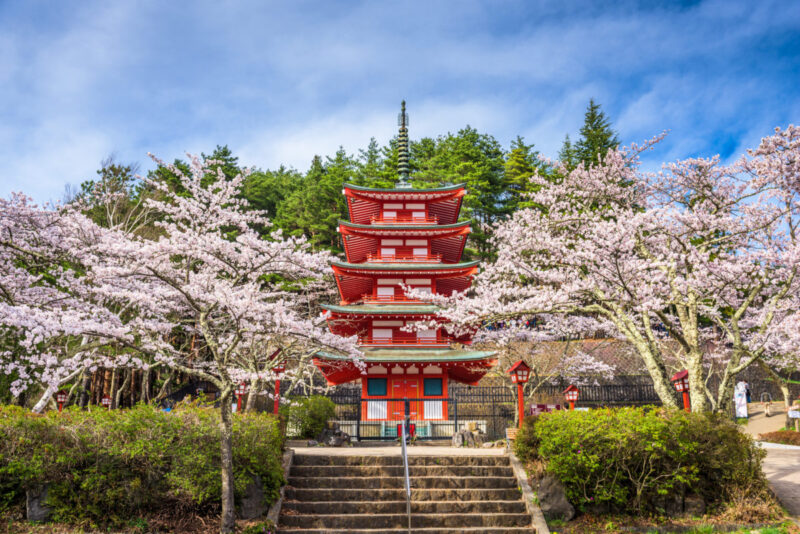
The Chureito Pagoda is a five-story pagoda in Fujiyoshida City near Mt. Fuji. The pagoda is in Arakurayama Sengen Park, and is a part of Arakura Sengen Shrine, which was built in 1963 as a peace memorial, and it is nearly 400 steps up the mountain from the main building of the shrine.
People visit the pagoda to take the stereotypical shots of Japan in spring, which involves cherry blossoms, Mt. Fuji, and the pagoda itself. In addition to its beautiful cherry blossoms, the pagoda is also known as one of the best fall foliage spots in Japan.
Chureito Pagoda
-
- Open for 24 hours
- Access: Arakura Sengen Shrine is a 10-minute walk from Shimo-Yoshida Station on the Fujikyu Railway Line. The pagoda is an additional 5-minute walk up the hill.
- Google MAP
7. See the breathtaking fall foliage at the Maples Corridor
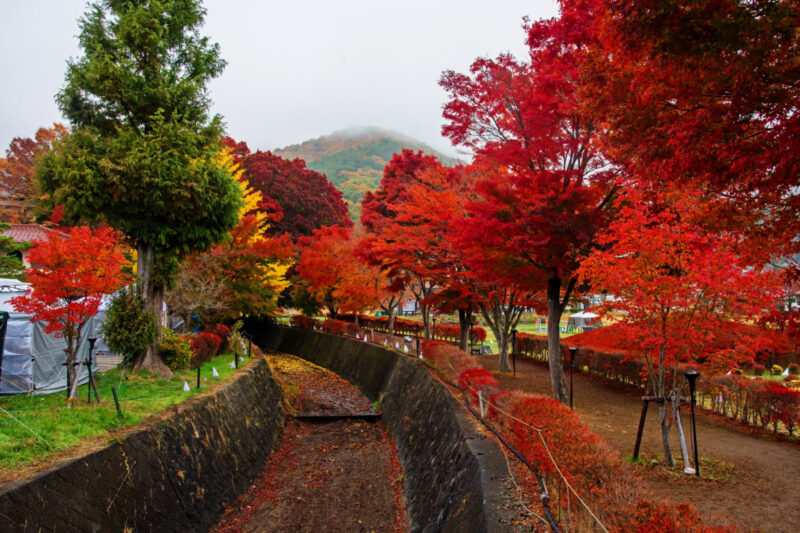
The Maples Corridor, or Momiji Kairo at Lake Kawaguchi is one of the most popular spots to see autumn leaves in Japan. The red leaves festival, Momiji Matsuri is held every year from late October to mid-November, with breathtaking night illumination.
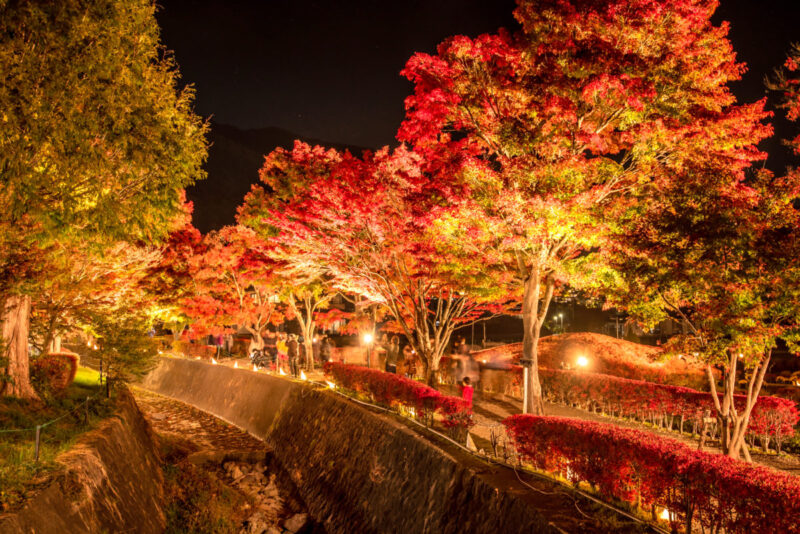
The best time to visit the Maples Corridor is from early to mid-November, and you should visit the corridor in the morning if you want to catch Mt. Fuji, probably around 6-7am. If you want to enjoy a romantic atmosphere, visit the corridor around 5pm so you can see the night illumination before you return.
The Maples Corridor
8. Experience grape picking at the local farm

Yamanashi is the largest producer of grapes in Japan, and there are many different grape varieties cultivated in the prefecture, which each of them can be enjoyed at different times of the year. The Delaware grape has small, dark purple berries, and sweet flesh, whereas the Kyoho grape has large berries with a rich flavor. The muscat grape has large green berries and is very juicy, and the Koshu grape, which is native to Yamanashi, has pink berries and a light flavor. A great way to enjoy them all is to visit the prefecture several times in different seasons, so how about experiencing grape picking at local farms in Yamanashi?
For more information about grape picking facilities, visit this website
9. Enjoy the beautiful scenery of Oshino Hakkai
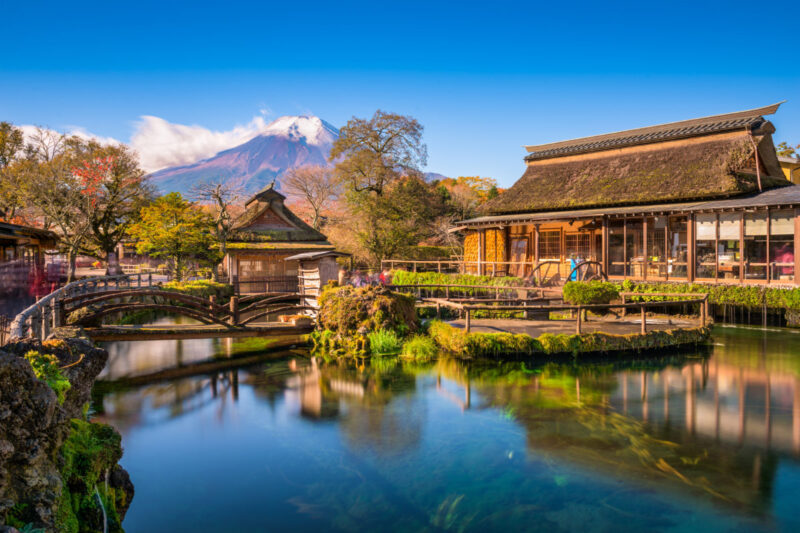
Oshino Hakkai is a World Heritage Site near Lake Yamanaka in Oshino-mura, and it is best known for its eight spring ponds and Japanese traditional houses. The ponds at Oshino Hakkai are quite deep and have interesting freshwater plant life and large fish.
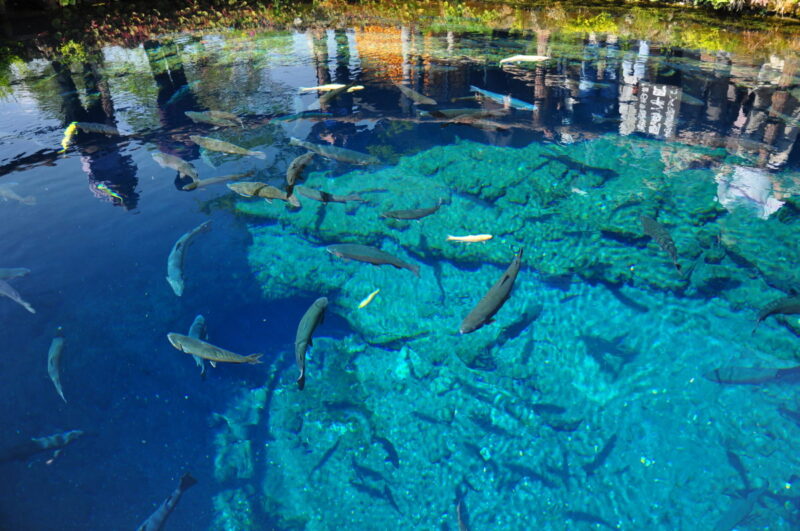
The water of the ponds is crystal-clear and transparent, and there are a lot of restaurants, souvenir shops, and food stalls around the ponds where you can buy vegetables, sweets, and other local souvenirs.
Oshino Hakkai
10. Visit Itchiku Kubota Art Museum
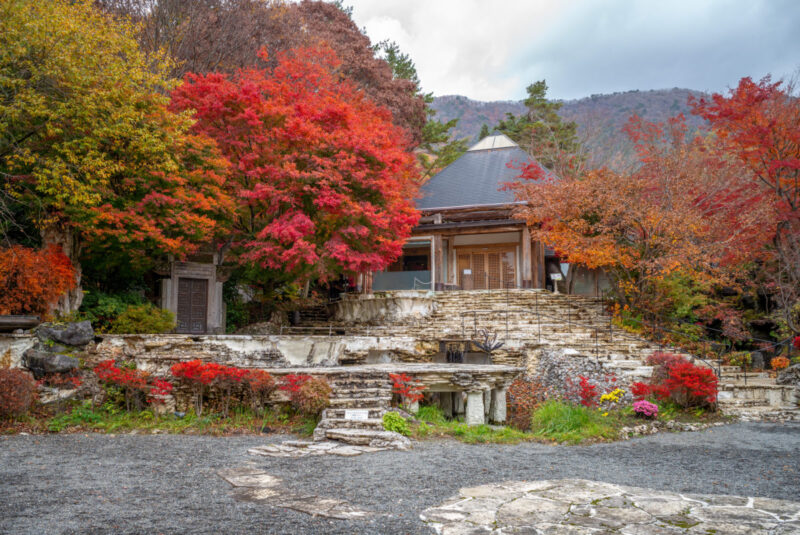
The Itchiku Kubota Museum opened in 1994 and is a museum dedicated to Itchiku Kubota, a famous Japanese kimono artist. The museum exhibits the work of Itchiku Tsujigahana, a kimono dying technique popularized by Kubota, who devoted the rest of his life to studying Tsujigahana, a common kimono dying method that was lost in the 17th century.
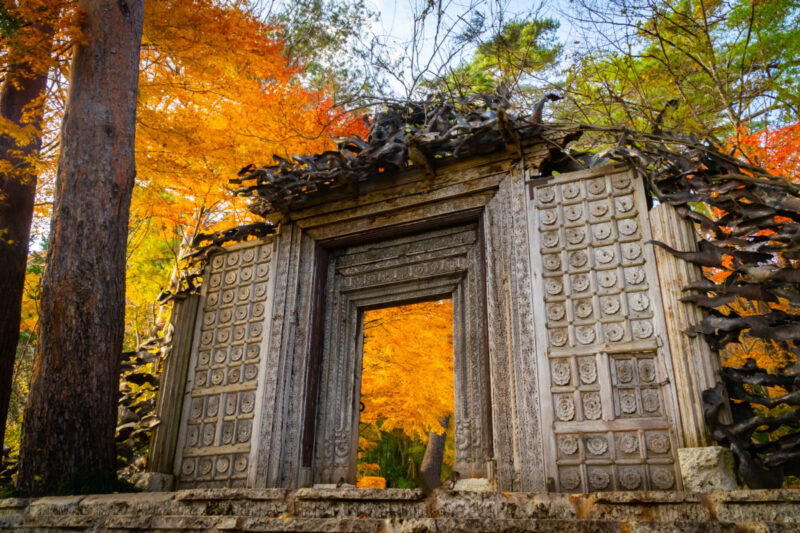
The museum building has majestic views of Mt. Fuji and the surrounding lakes, and the museum itself is known as one of the most popular fall foliage spots in Yamanashi. The main building of the museum exhibits and features a complicated wooden structure that is made from Hiba trees, which are more than 1000 years old.
Itchiku Kubota Art Museum
-
- Business hours: 9:30-17:30 (April to November), 10:00-16:30 (December to March)
- Closed on Tuesdays and December 26-28
- Admissions: 1,300 yen (adults), 900 yen (college & high school students), 400 yen (junior high and elementary school students)
- Google MAP
- Website
Yamanashi’s best local treats
Yamanashi is known as the largest producer of peaches and grapes in Japan, and the prefecture is also the largest producer of wines in Japan. Apart from its delicious fruits and wines, Yamanashi has distinctive mouthwatering cuisines, which are made with fantastic ingredients that are rare finds in other areas in Japan, such as Hoto and Tori-motsu nikomi. Here are our picks for the best foods to try when visiting Yamanashi!
1. Hoto
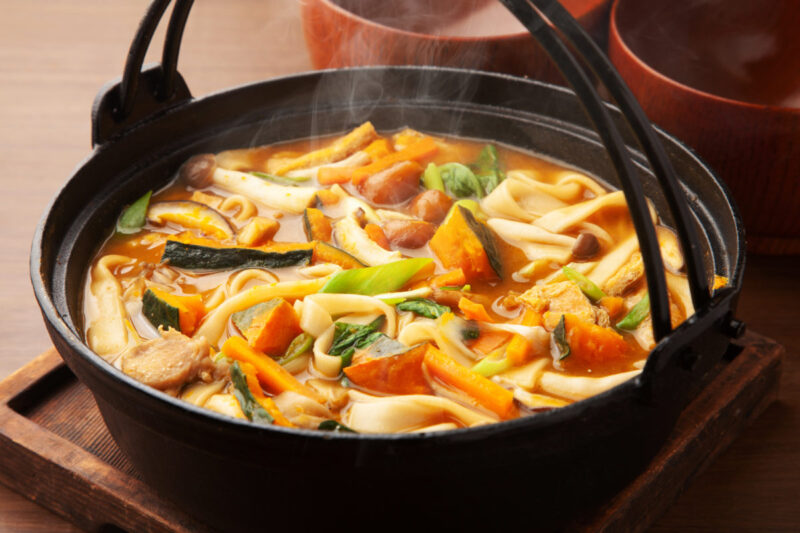
Hoto is a local specialty of Yamanashi that is best known for its flat noodles and miso-based broth. The noodles are freshly made from kneaded flour, and seasonal vegetables like pumpkin and mushrooms are added as toppings. Said to be eaten as a food for the battlefront in the 16th Century, Hoto is known for its rich nutrients and delicious flavor.
2. Tori-motsu nikomi
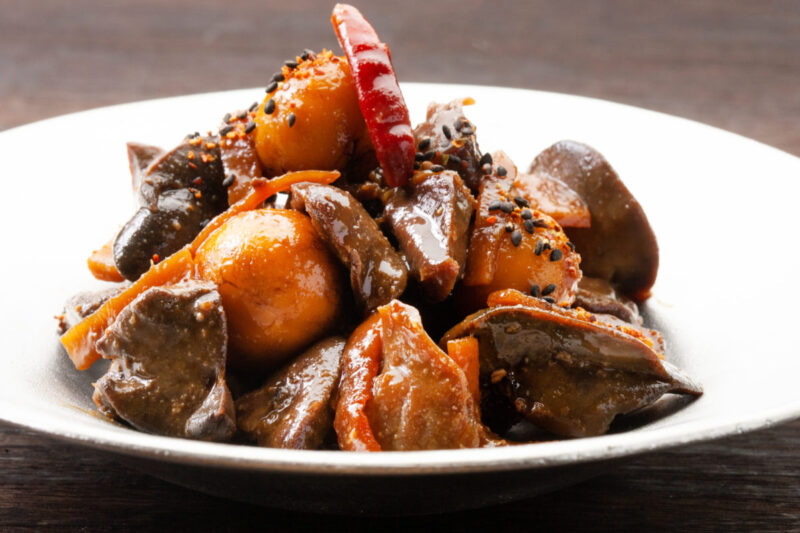
Tori-motsu nikomi, which is made using chicken entrails, was founded in 1950s by a soba restaurant owner in Kofu City. It is made by broiling fresh chicken entrails in a teriyaki sauce, made using superfine white sugar and soy sauce. The entrails used in tori-motsu nikomi are gizzard, heart, liver, and unborn egg.
3. Yoshida udon
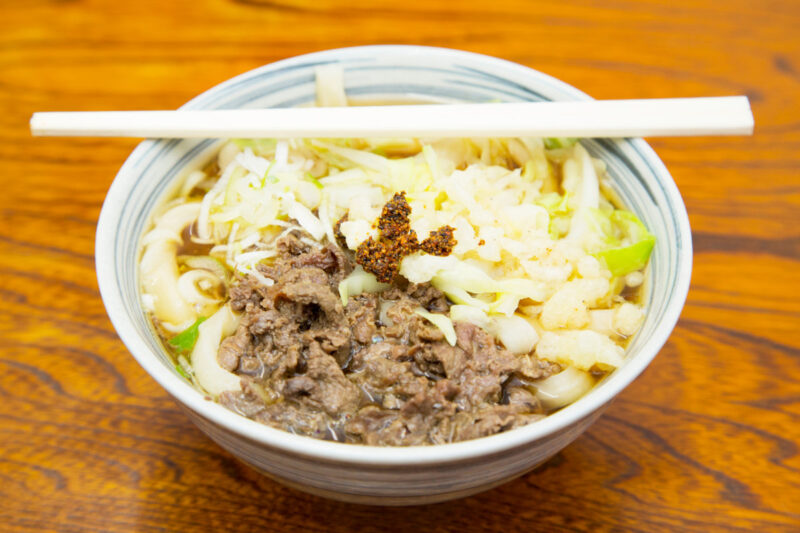
Yoshida Udon is a local specialty of Fujiyoshida City, and it is best known for its extra thick noodles that are made with pure water from Fujihokuroku and topped with ingredients like cabbage and horsemeat. The broth is a miso base, and it is usually seasoned with Suridane, a spice mixture made from chili.
4. Peach
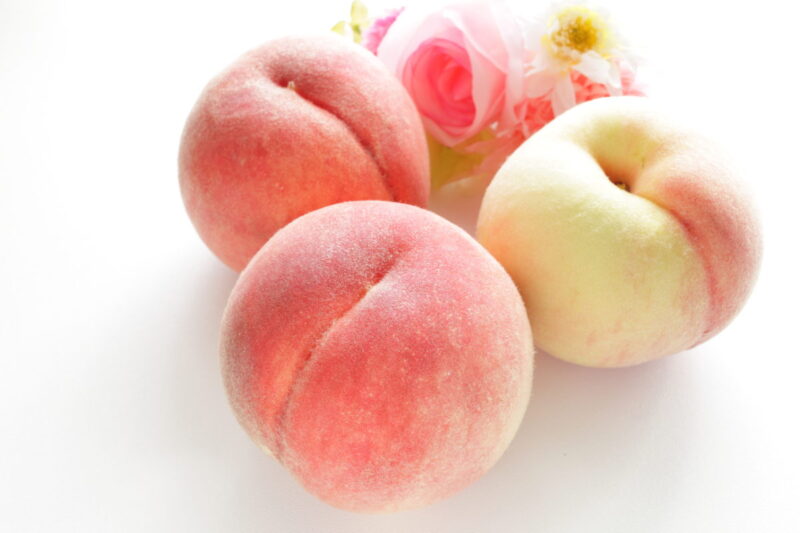
Yamanashi is the largest producer of peaches in Japan, and its peaches are known as the sweetest and the juiciest peaches in Japan. There are many local farms in Yamanashi offering peach picking experiences, where you can pick your peaches from the trees as much as you want. The peaches are in season from June to July.
5. Grape

Yamanashi is known as the largest producer of grapes in Japan, and there are many vineyards in Yamanashi producing grapes and wines. The wines made in Yamanashi are called Koshu Wine, which is made using locally produced grapes and muscats. Try visiting the local farms in the fall to enjoy grape picking experiences.
Now that you have an idea of how many fabulous spots are in Yamanashi, all you must do is plan your itinerary to enjoy unforgettable experiences in Yamanashi!
